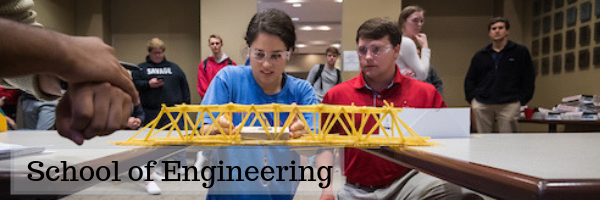
Faculty and Student Publications
Document Type
Article
Publication Date
1-1-2019
Abstract
Copyright 2019 Zachos and Platt Trace fossil zonation in the Hartselle Sandstone of Mississippian age (Chesterian: Visean-Serpukhovian) exposed on Fielder Ridge, Alabama is compared with modern macro-tidal flat ichnocoenoses on the Bay of Fundy at Lubec, Maine, and demonstrated to be analogous by sedimentologic and ichnotaxonomic criteria. The modern flat has minimal influence from either waves or freshwater influx, and can be divided into five distinct ichnocoenoses, characterized by surface traces (epichnia) and four sedimentologic facies defined by gross grain texture or hydrodynamic characteristics, but lacking significant surface traces. Several characteristics of tidal flat deposits in a fetch-limited, marine (i.e., non-estuarine), meso- to macro-tidal regime can be used to recognize similar environments as old as the late Paleozoic. These criteria include (1) limited influence of wind and waves on the depositional environment, (2) lack of significant freshwater influence and therefore any persistent brackish environments, (3) a distinct spatial distribution of microenvironments defined by substrate and exposure period, (4) high diversity of epichnial traces directly associated with microenvironments across the tidal flat, (5) generally low degree of reworking of traces by bioturbation but high degree of reworking by tidal currents, and (6) preservation of traces of predation and scavenging behavior on an exposed surface. These features, together with the regional depositional pattern of the Hartselle Sandstone interpreted as tide-influenced bars and shoals, support a meso- to macro-tidal interpretation of the depositional environment.
Relational Format
journal article
Recommended Citation
Zachos, L. G., & Platt, B. F. (2019). Actuopaleoichnology of a modern Bay of Fundy macro-tidal flat: analogy with a Mississippian tidal flat deposit (Hartselle Sandstone) from Alabama. PeerJ, 7, e6975. https://doi.org/10.7717/peerj.6975
DOI
10.7717/peerj.6975
Accessibility Status
Searchable text

